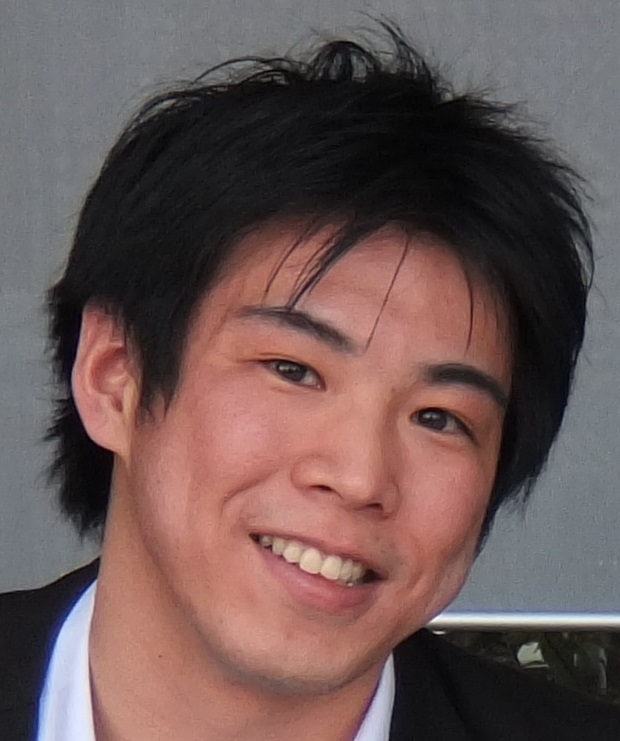September 27, 2019 – 11:15 AM
TSRB Auditorium

Tatsuya Ibuki
Tokyo Institute of Technology
Abstract
This talk presents a novel geometric method to investigate whether a multirotor unmanned aerial vehicle (UAV) can achieve stable hovering, i.e., hoverability. The hoverability is indispensable for a multirotor UAV to conduct its task safely, and should be satisfied even when a rotor fails to prevent an accident. The proposed geometric method reveals the relationship between the position of the center of mass (CoM) and the rotor placement of a multirotor UAV to satisfy the hoverability, which can be applied to a multirotor UAV with any number and position of rotors. This talk also provides its application to investigation of a robust structure against rotor failures. Furthermore, a quantitative measure of the hoverability is newly presented based on the proposed analysis method. It enables us to design a multirotor UAV with an optimal structure in the sense of the hoverability. Finally, experimental validation is performed by using a hexrotor UAV whose CoM position is intentionally shifted.
Biography
Tatsuya Ibuki is an Assistant Professor at the Department of Systems and Control Engineering of Tokyo Institute of Technology, Japan. He received his Ph.D.Eng. degree from Tokyo Tech in 2013. He was a research fellow of the Japan Society for the Promotion of Science from 2012 to 2013, and is currently a visiting scholar at the School of Electrical and Computer Engineering of Georgia Institute of Technology. His research interests include cooperative control of robotic networks, multirotor UAV design and control, and vision-based estimation and control. He received some awards from the Society of Instrument and Control Engineers in Japan on these topics.